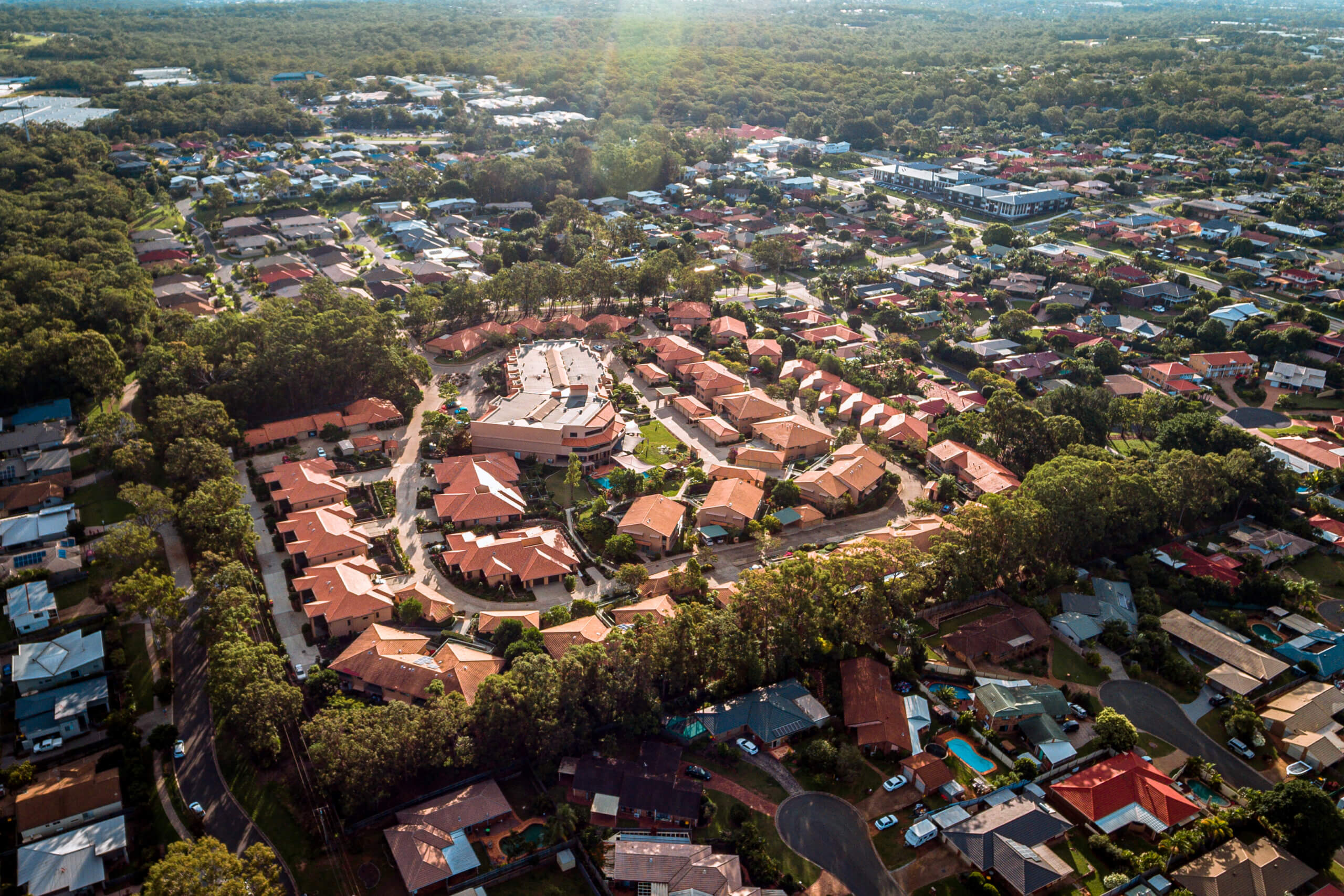A new report by researchers from Swinburne University of Technology, Australian home ownership: past reflections, future directions, delves into the levels of homeownership in Australia since World War II and what we can expect in the future. The great Australian dream of owning your own property is still a big ticket item on most Australians bucket list, but for some, in the decades to come, it could remain a dream as up to 40 percent of Australians could rent in the future, according to the report.
Several factors are expected to drive the anticipated increase of people who rent in Australia in the coming years, this includes ongoing affordability challenges. Interestingly, the report discovered relatively stable homeownership levels in Australia. For example, in 1976, approximately 68 percent of people were owner-occupiers, and in 2016, around 67 percent of Australians were owner-occupiers.
According to the report, approximately 50 percent of Australian households under 60 years old will rent from private landlords over the next 20 years. Another interesting finding is that simultaneously, owner-occupiers are expected to decrease to 63 percent. Of those renters, it’s expected that 51 percent of them will be in the 25 to 55-year-old age bracket.
So, what does that mean for property investing?
Whilst interesting, these are only forecasts. Yet the report does provides some insight into the future. Regardless, the changing proportion of owner-occupiers and renters will likely happen steadily as it has over the last four decades.
To continue to be an avid property investor over the coming years, it is important to keep these changing demographics in mind whilst balancing this with your priorities. The fundamentals in the property market are unlikely to change. People will still look for three key features for their home; living close to amenities, decent infrastructure and close to employment opportunities. Aim to find properties that tick these boxes, whilst structuring your investments in a way that helps you meet your long-term goals. This will keep you on track to building a strong portfolio for yourself.
The important thing for investors right now, and all the time, is to regularly check-in and ensure your portfolio is working towards meeting your long-term goals. And if it’s not, that’s ok. It’s a timely note to shift things around to make sure you’re building sustainable, long-term wealth.
Remember, this article does not constitute financial or legal advice. Please consult your professional financial and legal advisors before making any decisions for yourself.




